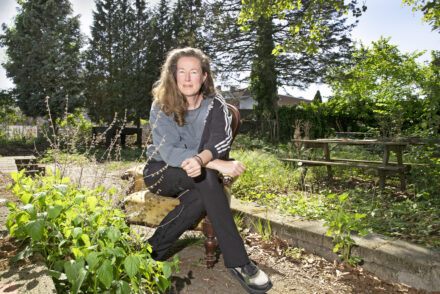Ikea: building society
Recently, Ikea published a catalogue for Haredi, an extremely orthodox branch of Judaism. The pictures of this catalogue, as you can see at the top of the page, do not include any women, since this is part of the Haredi’s beliefs. For many this triggered an emotional response. After all, it doesn’t seem awfully progressive to deny the existence of women as a whole, even if it is to conform to certain religious beliefs.
Though I am often a firm defender of women’s rights (#teamboobs), the absence of women in the pictures is not the thing that stands out for me. What intrigues me mostly is not what is lacking from the picture, but what is actually in it. An image so familiar to me, a living room filled with knopparps, kungsbackas and mörbylångas, combined with something so eccentric and unfamiliar to me: men with kippahs and their trademark curls. It strikes me as artistic almost. This dissonance between something that seems so modern, combined with something so seemingly old-fashioned.
In a world where we are divided by race, skin color, sexuality, gender and beliefs, both religious and political, it can be hard to find a common denominator. Thankfully, there seems to be one thing that unites us: the wonderful convenience that is Ikea. There’s something so incredibly satisfying about the idea that all of us, even extremely orthodox Jews, have at some point stood in an empty room, covered in sweat, looking for that one screw that seems to have mysteriously disappeared. All of us, old or young, black or white, religious or non-religious, have had relationships strand in the process of assembling a dombås. Perhaps we should stop focusing on what divides us and start focusing on what unites us: the mixed feelings of love and hatred towards the deceptive convenience of cheap Swedish furniture.






